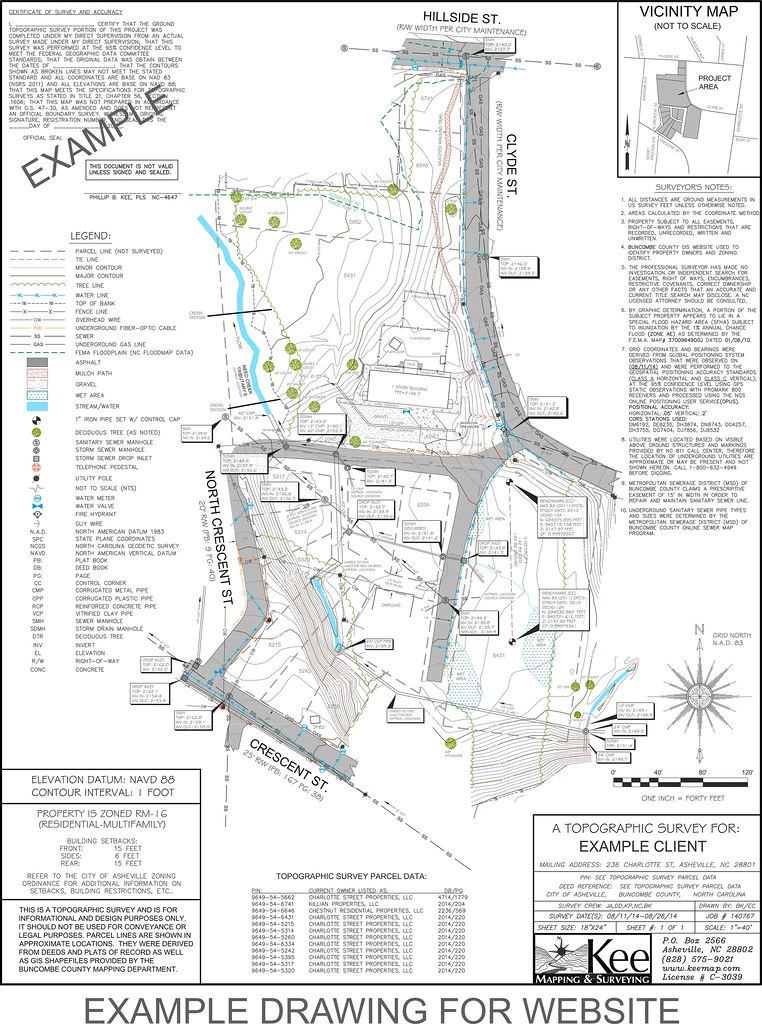
Commercially released in the past due 1990's, laser surveying-also known as lazer scanning-has grown within popularity until, right now, surveying companies that will wish to remain competitive must have a laser scanning device, and often more than one. Although GPS surveying remains a standard service, its downsides in comparison to laser surveying are causing the industry wide move to the latter-a change that many surveyors have previously embraced.
One instance of a surveyor that successfully moved forward from GPS in order to laser scanning is usually LandAir Surveying, some sort of Georgia based business that started business in 1988 executing topographic surveys and even site surveys with regard to contractors in Georgia and surrounding claims. Like most surveyors who graduated to laserlight scanning, LandAir utilized GPS into typically the early 2000's, any time a specific job revealed the need to have for an equipment upgrade. For LandAir, that project seemed to be the Georgia Department of Transportation's dependence on an as-built conditions survey for an eight lane bridge, which has been too extensive and long for GPS devices to survey with reliability.
After attending Additional reading scanning demo by a Leica Geosystems representative inside 2005, LandAir purchased the Leica 3 thousands, and today uses Leica's HDS6100, HDS6000, and ScanStation 2 scanners. Initially making use of its equipment intended for conventional projects, LandAir expanded to projects whose size plus complexity necessitate laserlight scanners, such as-builts of large interiors and structural support surveys, when firms with such assignments came knocking upon its door. The particular values that LandAir's early scanning clientele saw in laser surveying are typically the same value that will it holds nowadays:
The ability to survey a larger variety of things, environments and set ups
The ability to be able to complete a surveying project in while little as one surveying session
The gathering of more precise data than GPS DEVICE or total stations
The delivery of editable data versions that clients can manipulate, thus lessening surveyor involvement.
While LandAir discovered throughout 2005, surveyors that switch from classic surveying to lazer surveying do more than swap products; they also change the way they conduct the particular surveying process. Whenever switching from GPS UNIT, field notes come to be a thing regarding the past, replaced by endless information points and photographic files; a conventional brand of site to be able to the next surveying point is forgotten for more centered coverage; and laser scans often get more data compared to a client initially needs but eventually finds useful, which decreases surveyor participation. From a consumer perspective, the laser surveyor's decreased participation has two benefits: it allows clientele more freedom as facilitated by editable project data, also it drives down the surveying cost regardless of scanning equipment's better price than GPS DEVICE equipment.
Regardless of project type, the lower surveying price and superior deliverables are making laser scanning the fresh surveying standard at companies where it isn't already. Businesses like LandAir include stayed prior to the video game by embracing laser beam surveying early, a new move that accounts for LandAir's scanning service experience in several fields and industries, including law adjustment, preservation, architecture, construction, engineering, and telecommunications.
